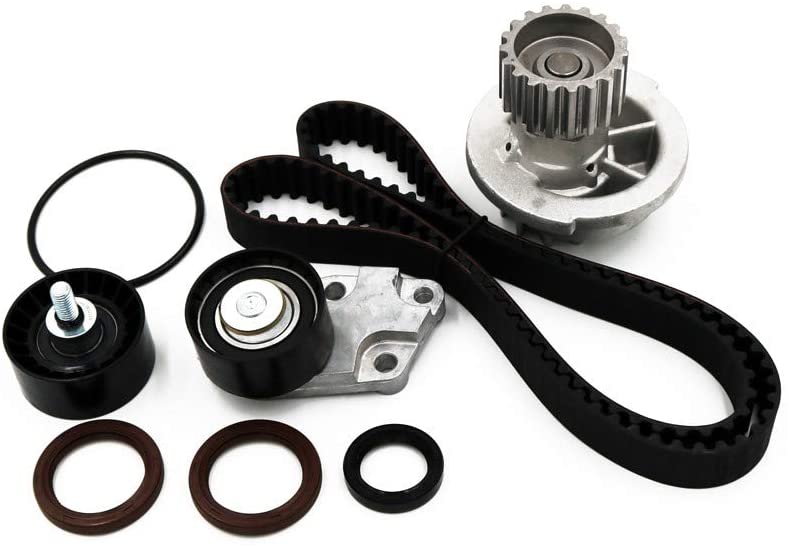The Crucial Role of Timing Belts and Conveyor Belts in Industrial Efficiency
Timing belts and conveyor belts stand as pivotal components in the realm of industrial machinery, ensuring the smooth and efficient operation of equipment across various sectors.
Timing belts, integral in a wide array of machinery, are responsible for synchronizing the rotational movement of the engine’s camshaft and crankshaft. Constructed from durable materials like rubber and reinforced with fibers, these belts maintain precise engine timing, preventing potential damage due to misalignment.
Conveyor belts, on the other hand, play a critical role in facilitating the movement of materials within manufacturing plants, warehouses, and mining operations. Constructed from robust materials, these belts endure high stress and abrasion, effectively transporting materials and ensuring streamlined operations in industrial settings.
Lusida Rubber Products, a trusted provider, offers top-quality timing belts and conveyor belts designed to meet the demanding needs of industrial operations. Their commitment to reliability and durability ensures that machinery functions seamlessly across different industries.
The importance of timing belts and conveyor belts cannot be overstated in industrial operations. Lusida Rubber Products provides high-quality solutions, contributing to efficient and reliable equipment performance across various industrial settings.
Timing belts and conveyor belts are crucial in industrial operations. Lusida Rubber Products offers high-quality solutions for efficient and reliable machinery performance.
